Furnace Odors and When to Call the Professionals
Ah, the smells of autumn. Campfires. Sizzling meat at a football tailgate. Everything pumpkin spice. Acrid, burning dust from an underused furnace.
Wait, what? Well, take it from a plumber: Not all smells this time of year are pleasant, especially when it comes to firing up your home’s heating system for the first time since last winter’s final chill. That unpleasant odor you experience isn’t your imagination: It is a (burning smell from your furnace, as dust that’s collected and settled in your HVAC system over the past several months is literally being cooked by your home’s heater. Who’s hungry?
But seriously, this is an unsettling reality for many homeowners as the lower temperatures of fall descend upon central Georgia. It’s fairly common for concerned folks to dial the fire department when those furnace smells hit their olfactory nerves. If those heater smells do not go away or they get worse, you should contact HVAC service specialists to dispatch a knowledgeable professional to troubleshoot the problem when your furnace smells like burning. In the meantime, do you know which furnace smells are normal and which signal a potential emergency? Here’s what to sniff for when you fire up your furnace.
Other Heater Smells to Be Aware Of
The most common heater smell to expect when a chill sets in? The smell of burning dust. What does burning dust smell like, anyway? It can produce a smoky, musty odor. Fear not — this burning dust smell should go away once all the dust and other debris are burned up by the heating elements. The odor usually dissipates within a couple of hours.
Burning dust is not the only strong odor that can come from your furnace’s exhaust. Some are more concerning than others and may be indicative of a dangerous situation.
Take an electrical burning smell, for example. A metallic smell in the house could be a warning sign of damaged parts, anything from faulty system wiring to a cracked heat exchanger or an overheated blower motor. Either way, electrical issues should always be taken very seriously: Contact us immediately if you suspect any type of electrical burning. We are available 24 hours a day, seven days a week, 365 days per year.
You may also experience a musty odor coming from your HVAC system, which typically means you have mold or mildew residing in your home’s ductwork or the filter itself. If the smell persists for longer than a couple of days, try cleaning or replacing the air filter. Should that still not solve the problem, you’ll want to schedule heating repair workers to come out and inspect the ductwork. We can zero in on the troublesome areas and get rid of the mold or mildew with specialized tools and chemical cleaners.
Beware Gas Smell From the Furnace
If you experience a gas smell from the furnace, that’s typically just the result of an underused heating system getting cranked up for the first time in several months. Small amounts of gas can reenter the home through the exhaust vents if the wind is blowing a certain direction, and this isn’t cause for alarm. However, a constant, heavy gas smell — especially coupled with a hissing sound — might be symptoms of a gas leak, which is incredibly dangerous and requires immediate action.
When you notice a powerful odor of gas throughout the home, turn off your heating system and get everyone out of the home before calling your local gas provider right away. A gas leak, often indicated by a rotten egg smell, is a highly dangerous situation that could have catastrophic results if not handled correctly.
On top of scheduling annual maintenance checkups for your HVAC system, Gainesville Mechanical advises homeowners to purchase and install a carbon monoxide detector. These cheap, simple alarms are basically maintenance-free and incredibly reliable, having saved countless lives. Protect your family.
Let Us Help Your HVAC System
As with most other home upkeep, the best way to get the most out of your HVAC system is to schedule seasonal maintenance by qualified professionals. In fact, late summer and early fall is the ideal time to get an annual furnace service call on the books so we can make sure everything is in perfect working order before the chilly nights arrive.
Gainesville Mechanical is the best heating, cooling, and plumbing service provider in Hall County. We stand behind our work with a 100% customer satisfaction guarantee, and we never charge higher fees for work that falls outside our normal hours. HVAC emergencies don’t adhere to standard hours of business, and neither do we. Even if that burning smell happens during Thanksgiving dinner, our team of dedicated professionals will be there whenever you call. Contact us at Gainesville Mechanical today.
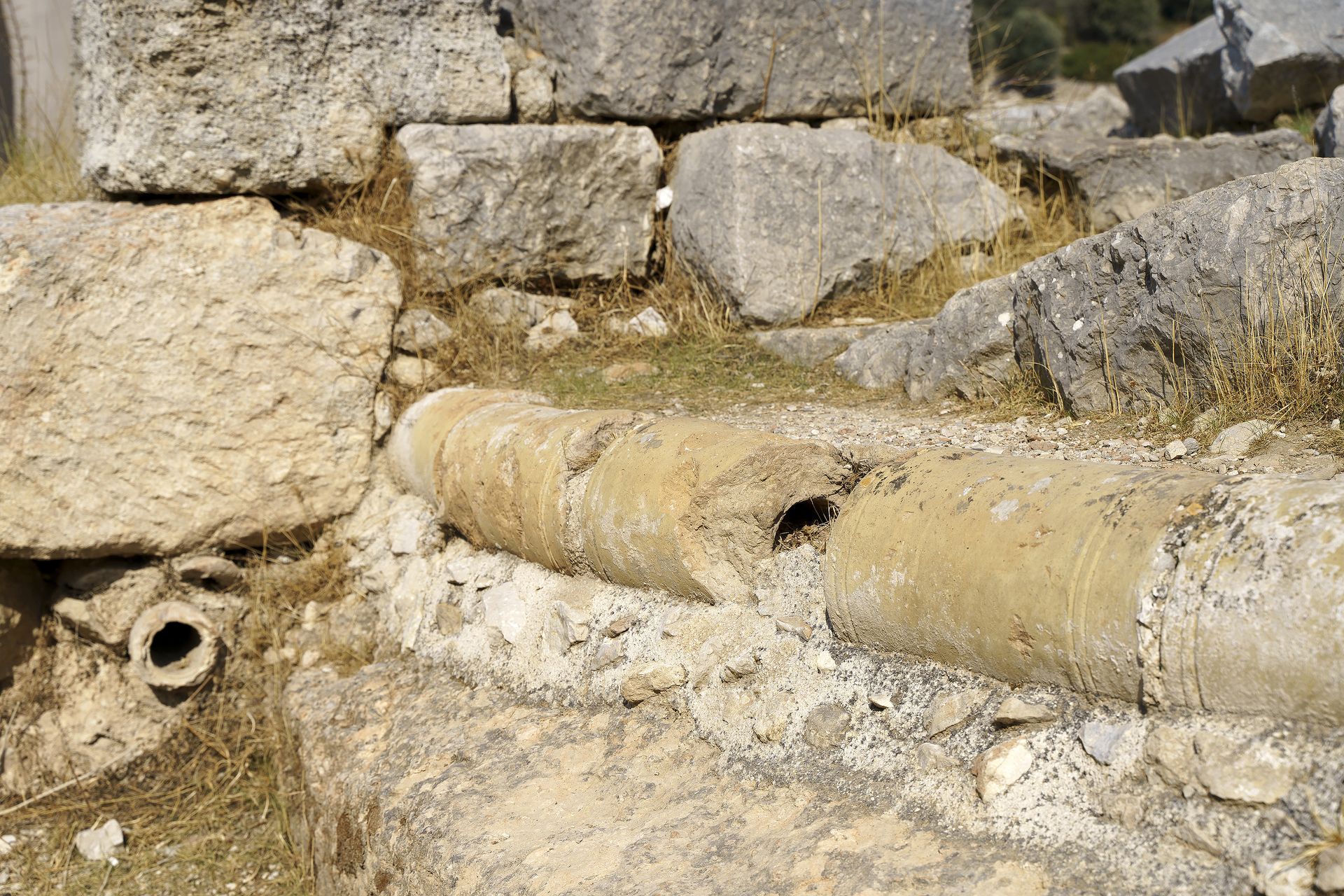
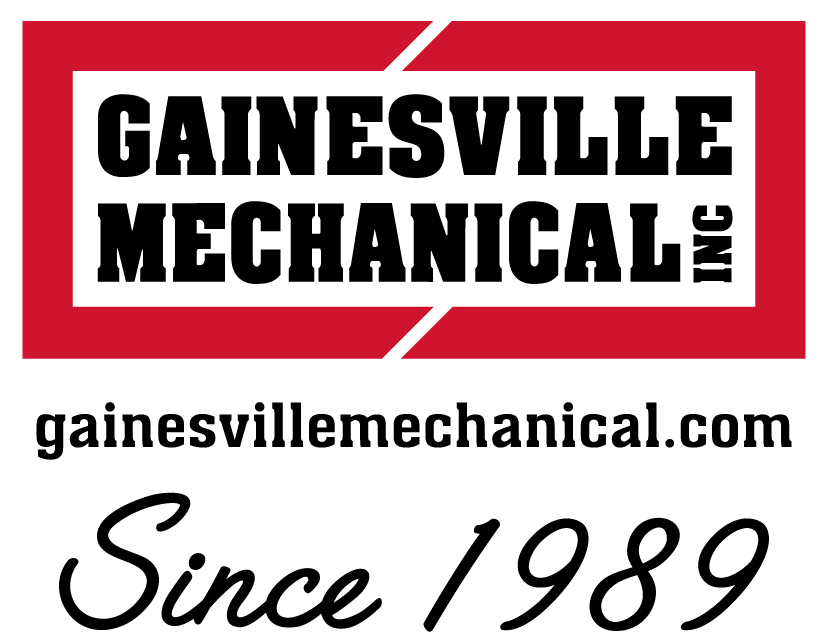
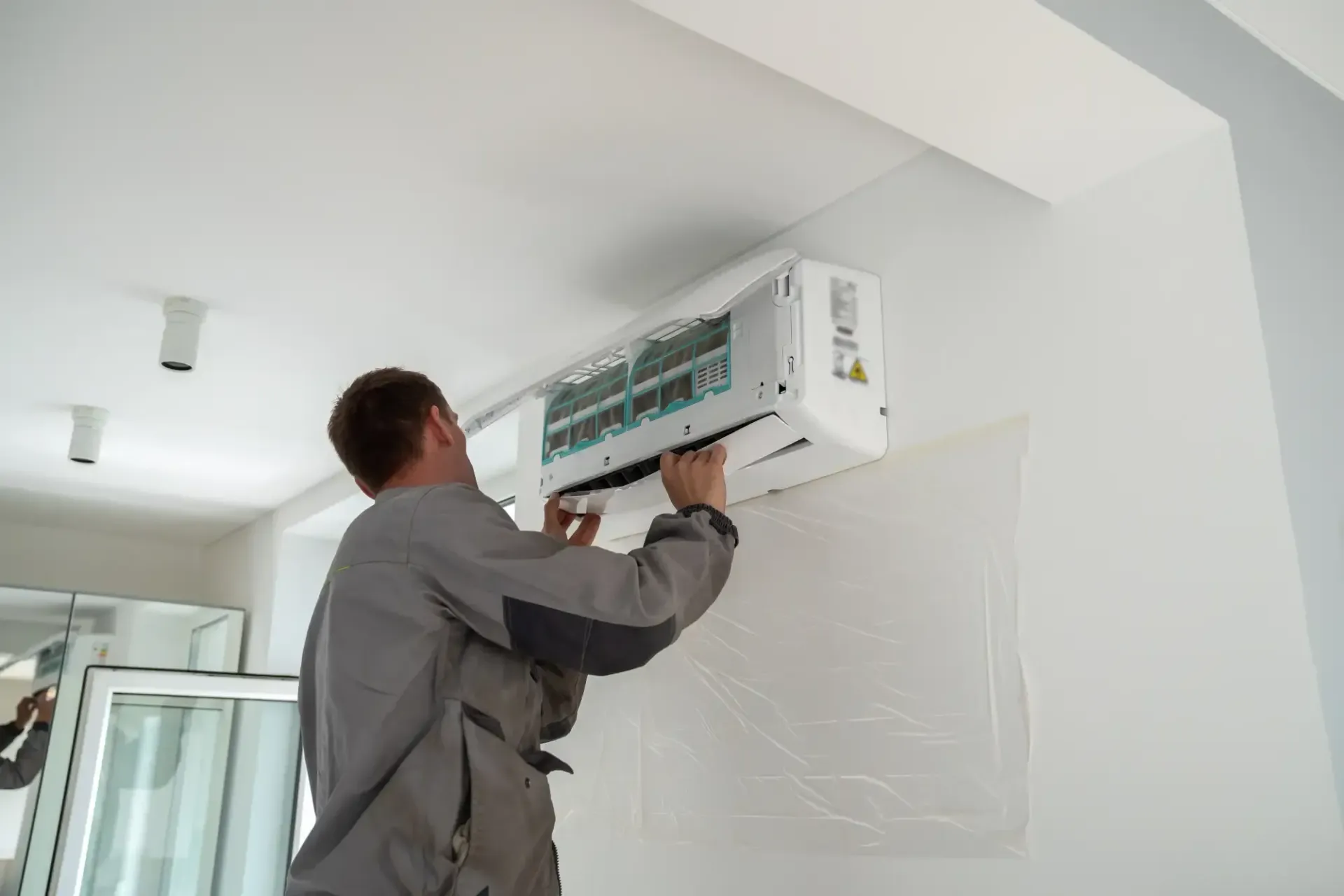
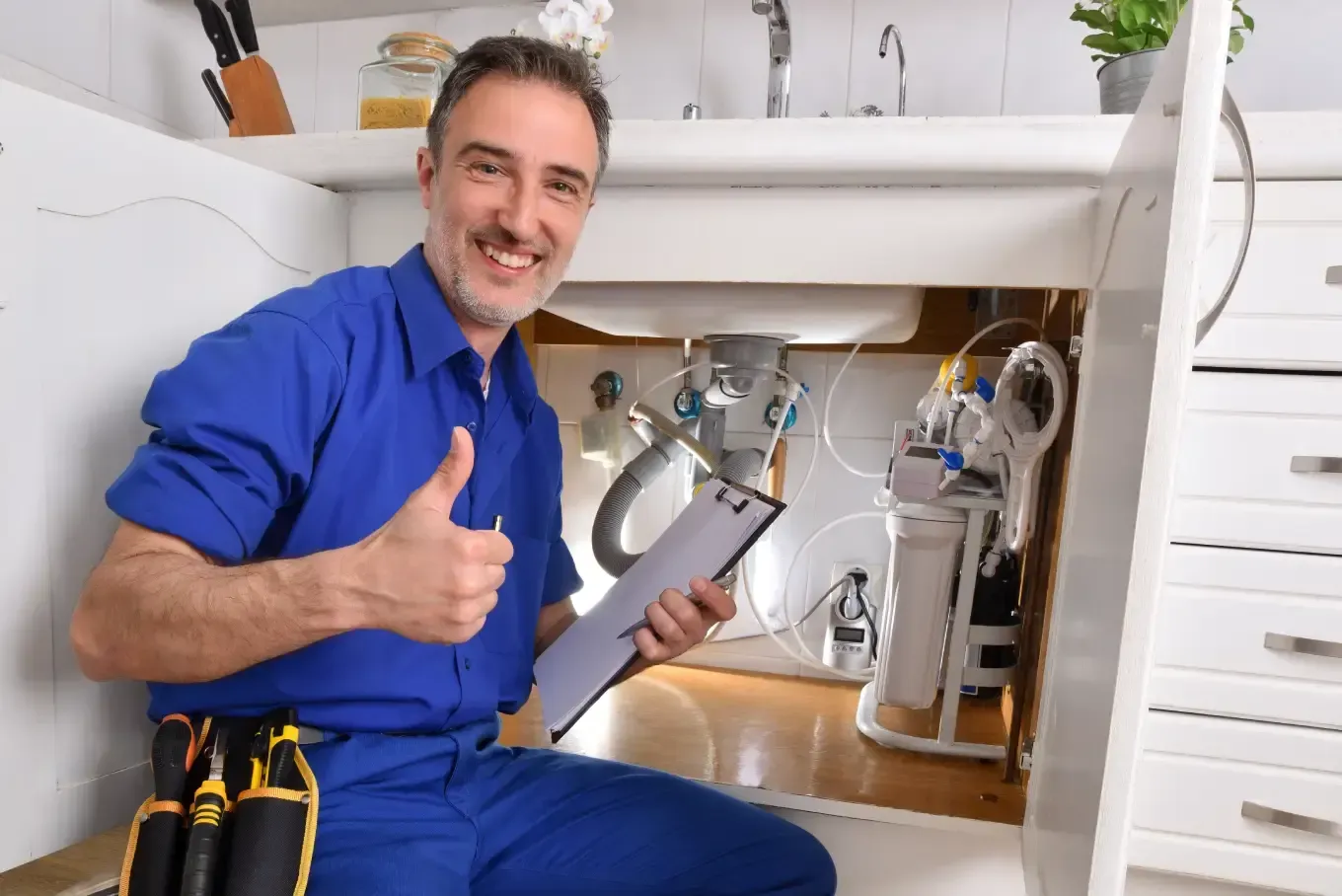

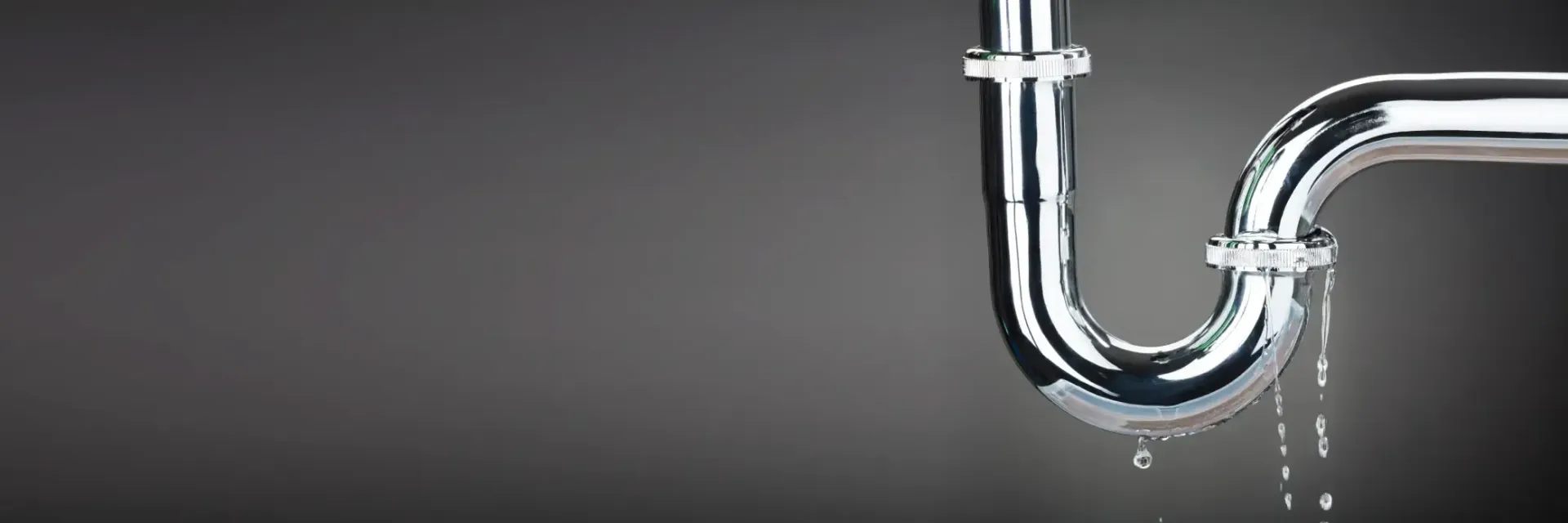

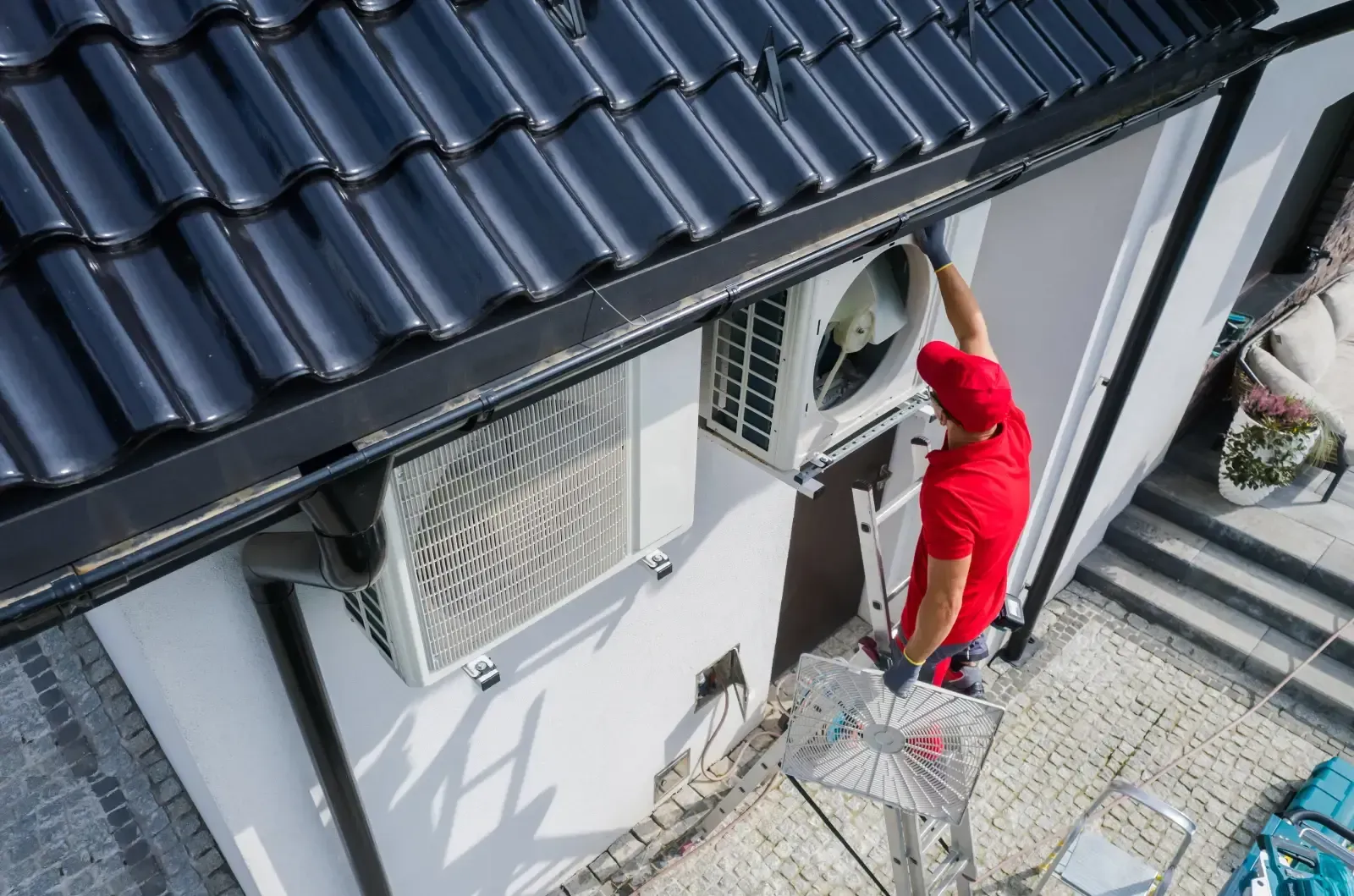
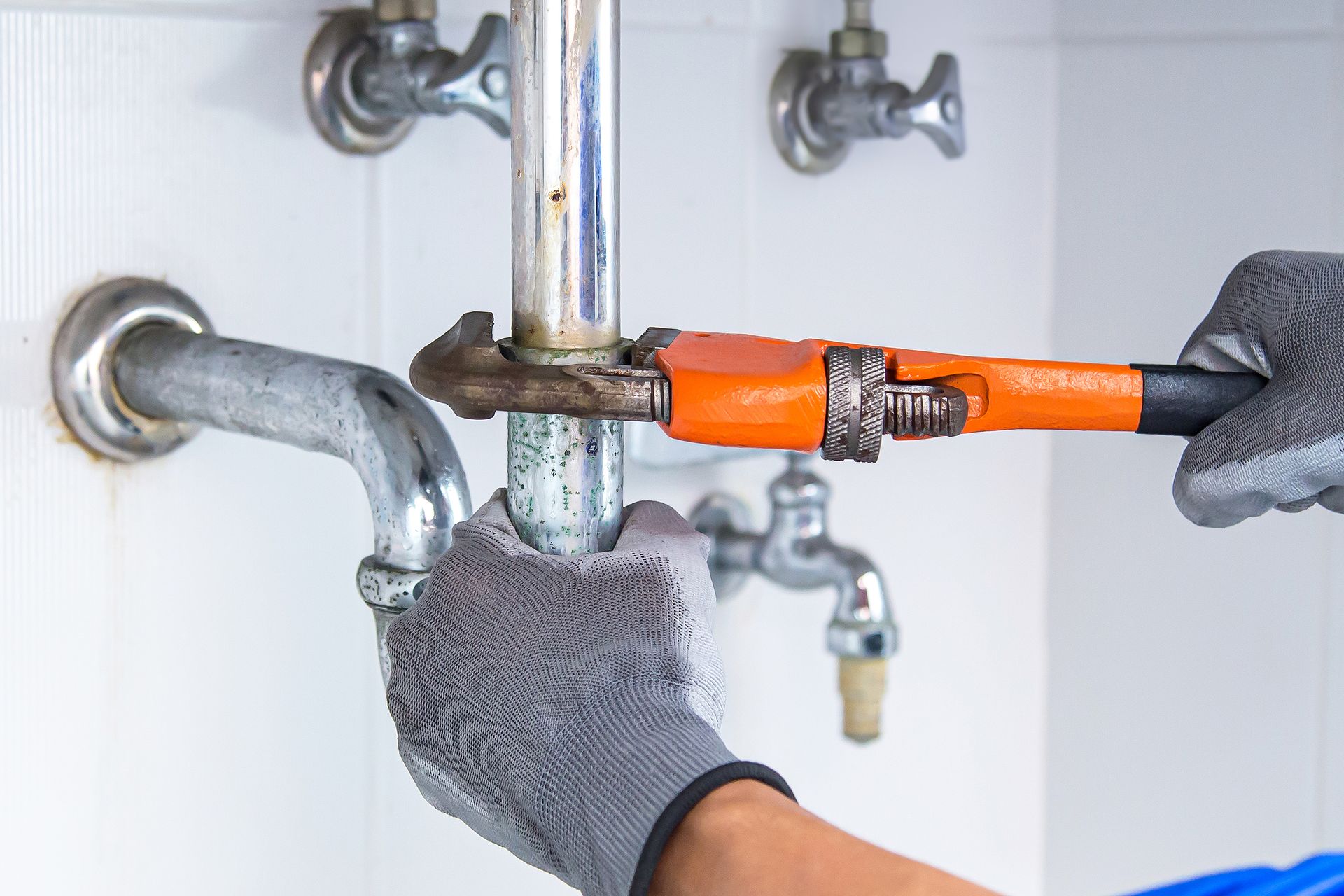
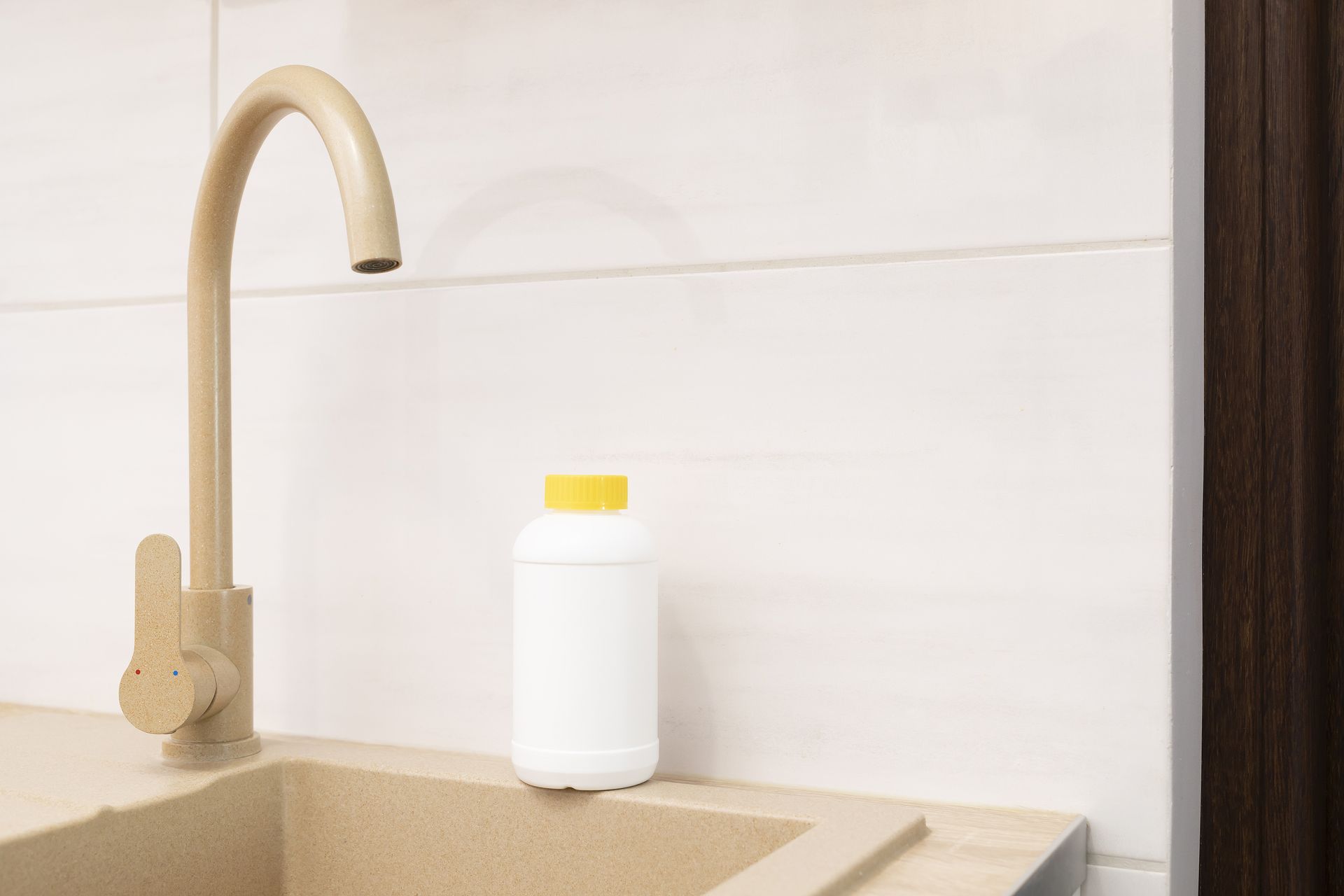
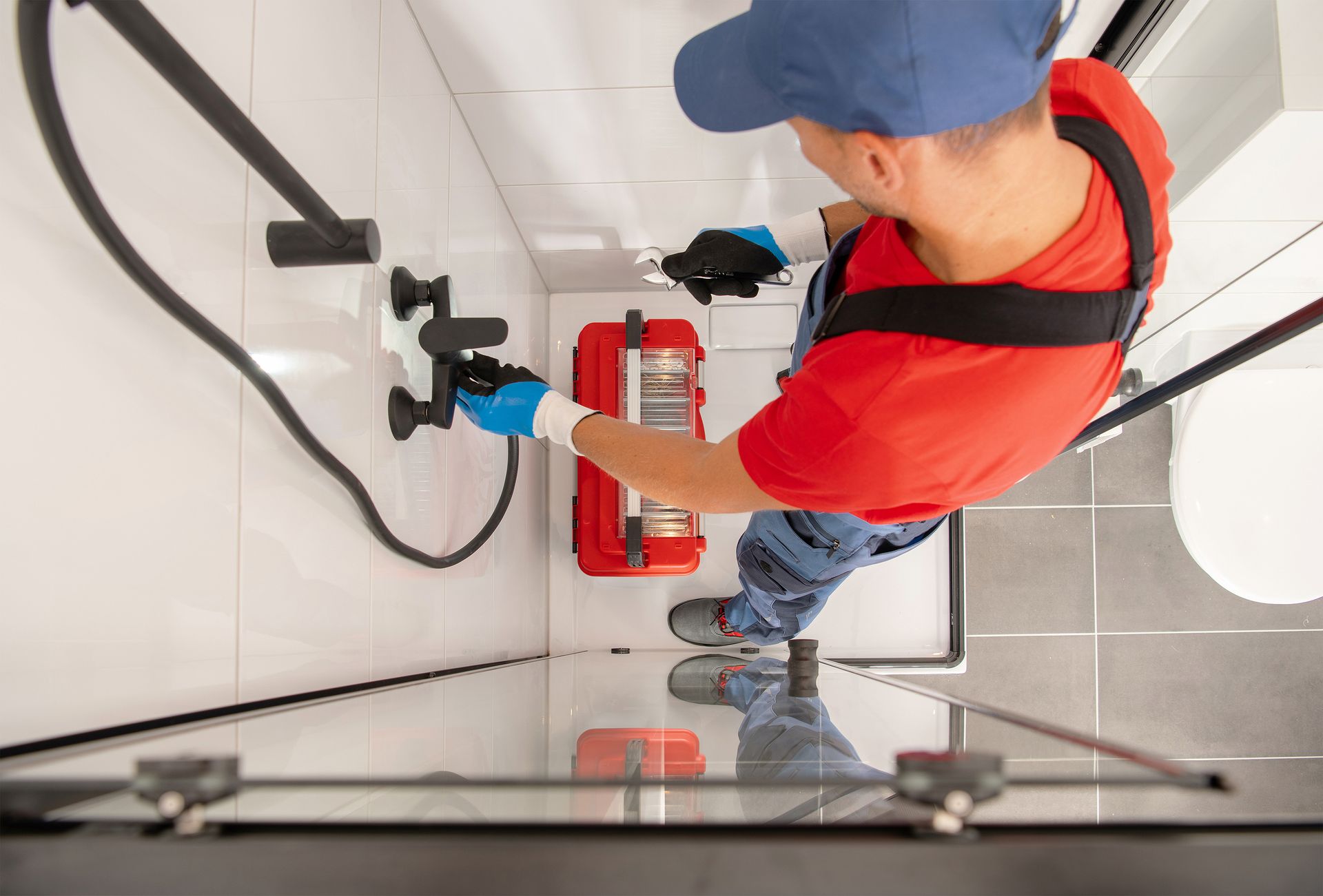
Share On: